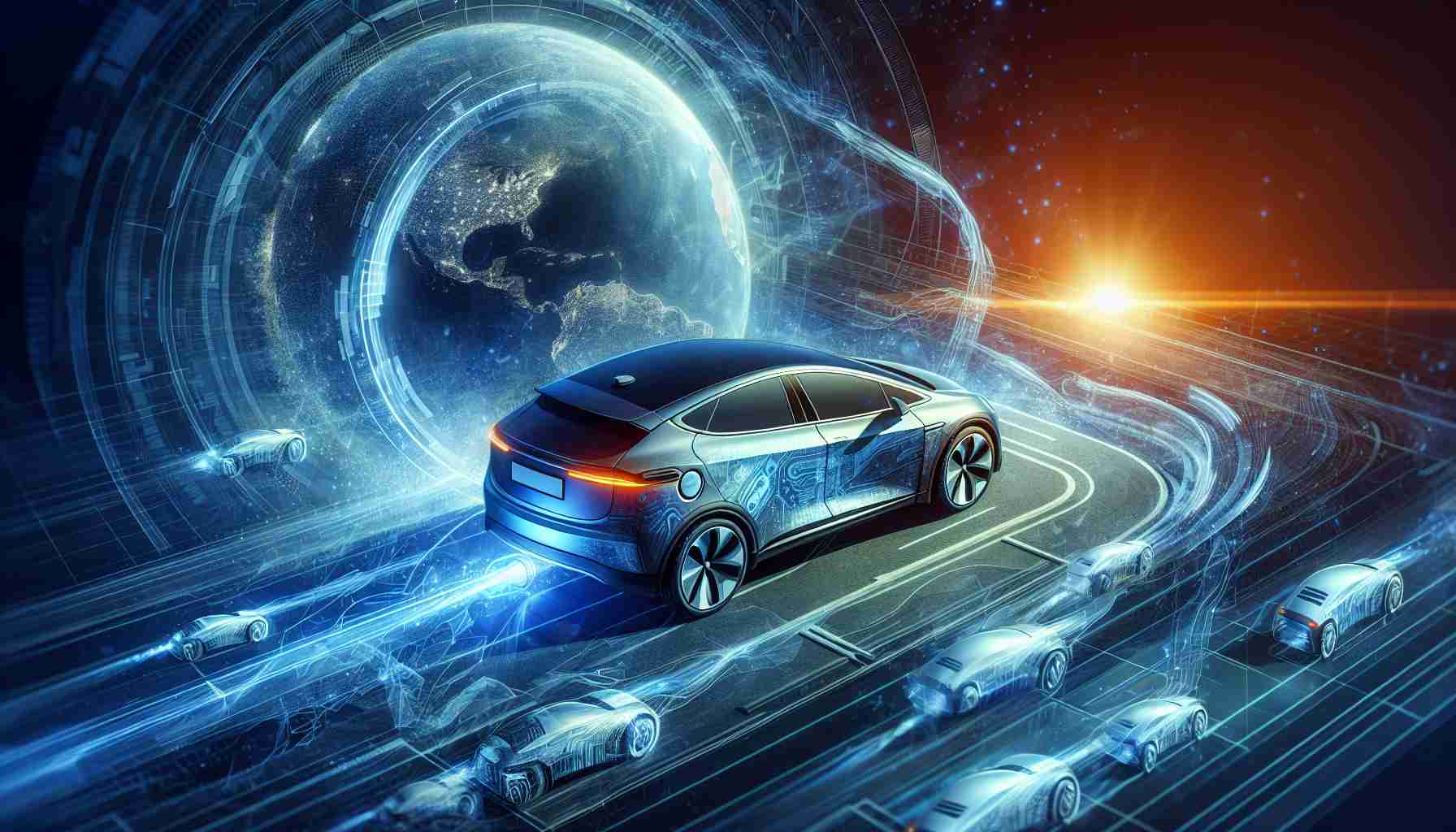The universe has always inspired wonder and curiosity, but emerging technologies are now allowing us to explore the cosmos like never before. At the forefront of this astronomical revolution is the use of artificial intelligence (AI) to enhance data analysis and cosmic discovery. AI, by processing massive amounts of astronomical data at lightning speed, is helping astronomers identify celestial phenomena that were previously hidden in the vastness of space.
In tandem with AI, quantum computing is carving a new path for cosmic research. With its capability to solve complex calculations exponentially faster than traditional computers, quantum technology promises unprecedented insights into the mysteries of dark matter and the early universe’s formation. This advanced technology could unlock answers to some of the most profound questions about our cosmic origins.
Moreover, the advent of miniaturized satellites, known as CubeSats, is democratizing space exploration. These cost-effective and lightweight satellites offer a new wave of opportunities for academic institutions and developing countries to participate in space research. This ensures that the study of the universe isn’t limited to just a handful of space agencies.
As we forge ahead, interdisciplinary collaborations among astrophysicists, computer scientists, and engineers are critical. These advancements are not merely about understanding the cosmos but also testing the limits of human ingenuity. The future of astronomy promises to be not just about observing the stars, but redefining our place among them with these groundbreaking technologies. This is a thrilling era where mastering astronomy will mean unveiling a cosmos replete with more mysteries than ever before.
Unlocking the Cosmos: The Next Frontier in Space Exploration
The Role of Artificial Intelligence (AI) in Astronomy
Artificial Intelligence is radically transforming how astronomers interact with the universe. AI algorithms scour through massive astronomical datasets to identify celestial bodies and phenomena at incredible speeds. Innovations in AI tech enable real-time data processing, allowing for discovery and classification of previously unknown cosmic events. As AI evolves, its predictive capabilities are improving, offering astronomers simulated models to forecast cosmic events, which can be critical for space missions and even planetary defense.
Quantum Computing: A New Dawn in Understanding the Universe
Quantum computing is transcending barriers in astrophysical research. This cutting-edge technology performs calculations that are unmanageable for classical computers. With its potential to unravel the complexities of dark matter and dark energy, quantum computing sheds light on the intricate fabric of space-time. The ongoing research hints that quantum computing might one day help solve astrophysical problems that have eluded scientists for decades.
CubeSats and the Democratization of Space Exploration
CubeSats, or miniaturized satellites, are revolutionizing access to space. These cost-effective satellites make it feasible for smaller organizations and countries with limited budgets to enter the realm of space exploration. CubeSats provide real-time data and insights, playing a crucial role in Earth observation and beyond. The versatility and affordability of CubeSats are expected to drive a surge in innovative missions, potentially accelerating global advancements in space research.
Predictions and Trends: A Cosmic Revolution
In the coming years, we can expect a surge in global collaboration fueled by these technological advancements. The blending of AI, quantum computing, and miniature satellite technology promises to innovate problem-solving methodologies not just limited to space, but applicable to various scientific domains. Emerging trends suggest that as these technologies mature, they will play pivotal roles in addressing climate change, advancing telecommunications, and enhancing national security.
Challenges and Considerations
While these technologies offer astronomical insights, they come with challenges. Ethical considerations regarding data privacy, the potential for space debris from an increase in CubeSat launches, and the sheer scale of data management are areas that require careful governance. Interdisciplinary collaboration will be pivotal in addressing these hurdles, ensuring the sustainable development and application of these technologies.
A Collaborative Future
The fusion of groundbreaking technologies with astronomy marks a transformative era in cosmic exploration. As we witness rapid technological advancements, the importance of interdisciplinary collaboration cannot be overstated. Engaging professionals across astrophysics, computer science, and engineering will be key to maximizing the potential of these innovations. The future of astronomy lies not just in observing our celestial neighbors but in redefining our collective understanding of the universe.
For more information on how technology is advancing space exploration, visit NASA’s website.



















